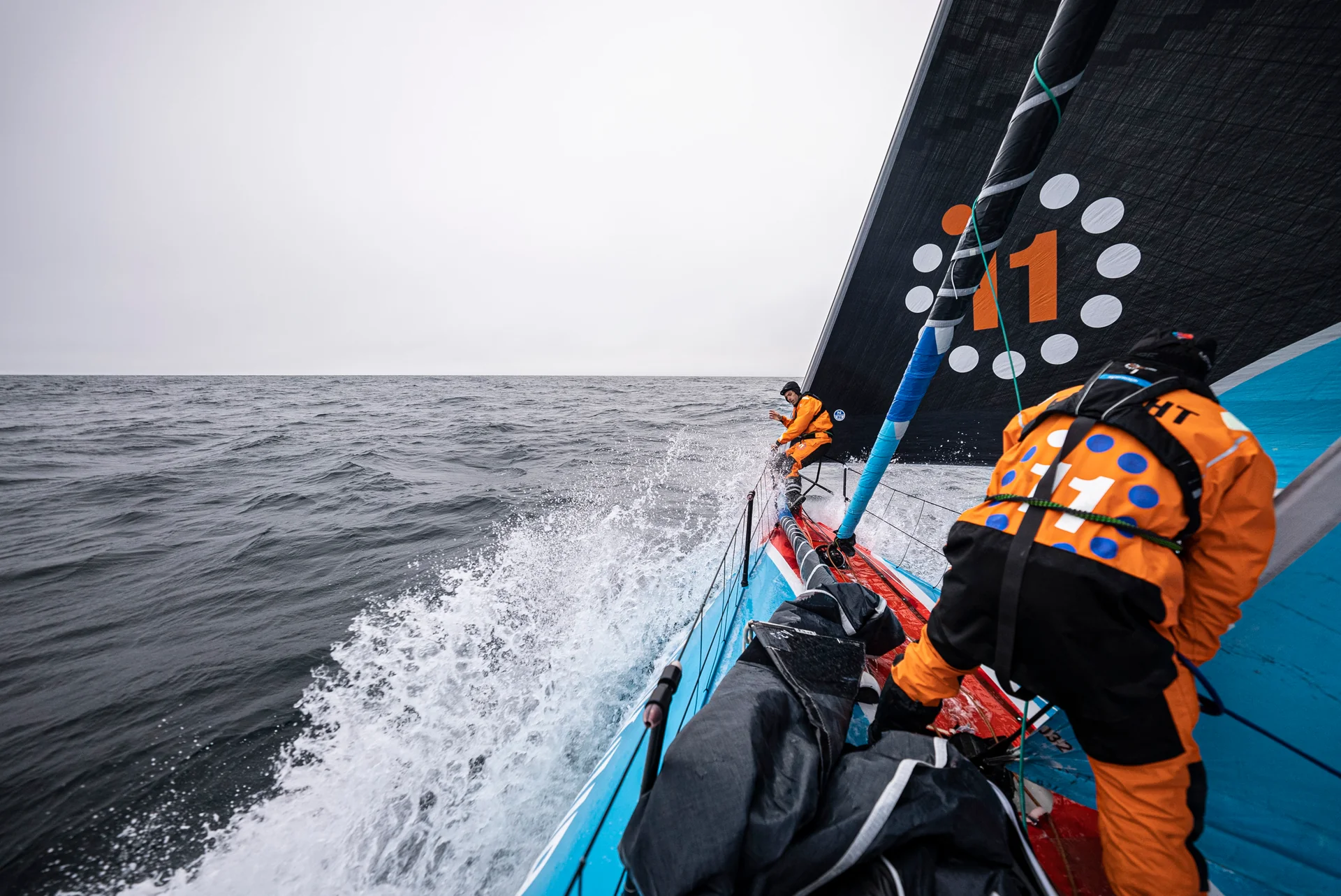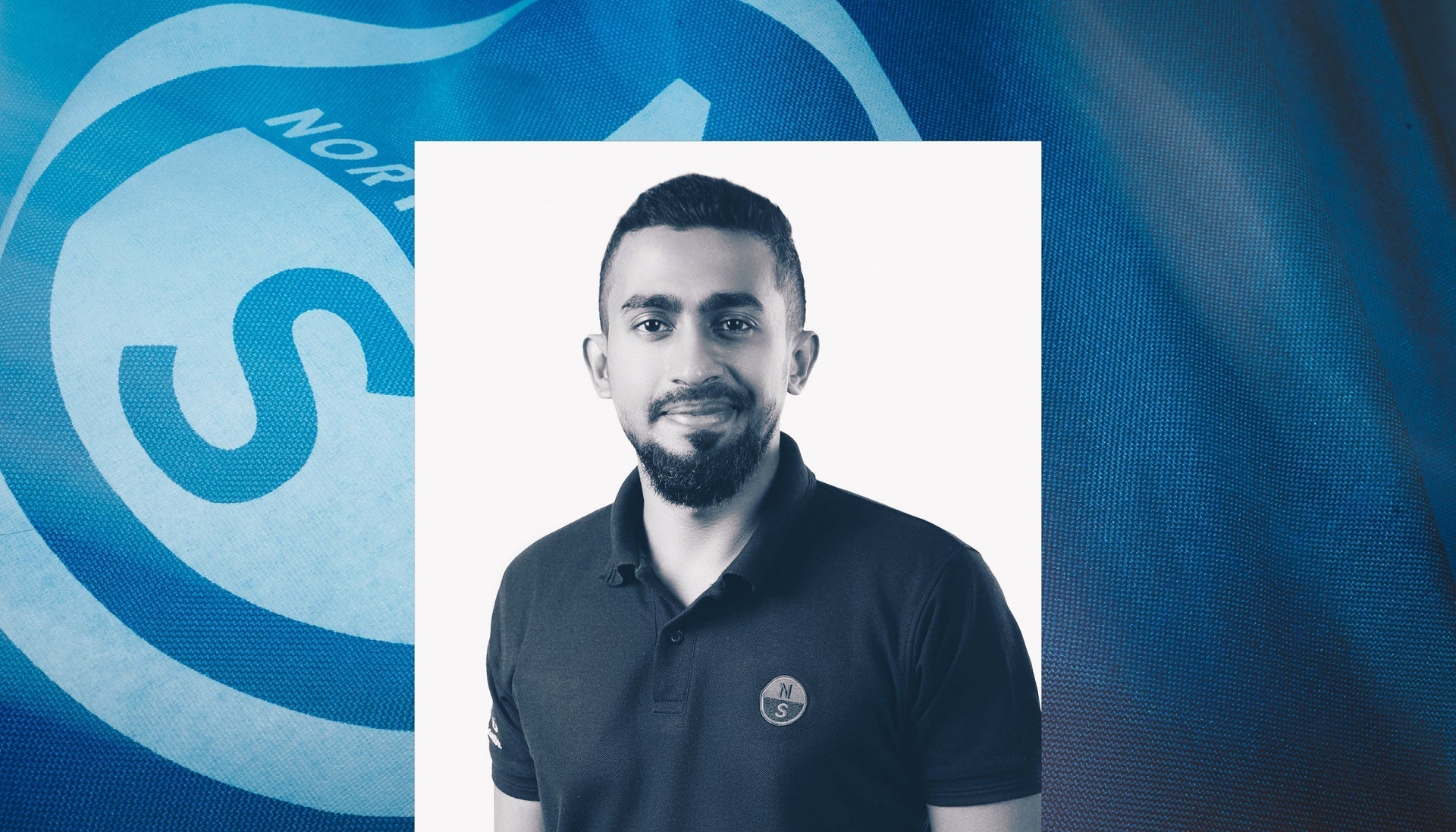ADVICE FOR BUILDING AN OFFSHORE TEAM
Ken Read Has Plenty of Experience in Building Ocean Racing Teams. Here Is His Advice for Speed and Success.
So, where to start when putting together an offshore team? Seek out speed. Build your foundation with fast drivers and fast trimmers. The fact is that a fast driver can be multiple tenths or even knots faster than just average drivers. And, as we all know speed kills; those tenths of a knot adds to more miles covered more quickly.

Find talent who’s got the nerve in the big breeze. Everybody says they love it, but it’s a different game altogether once you’re in it. I’ve seen people do 40 knots with 40 degrees of heel, with two fingers on the wheel, chatting about what they had for dinner last night. I’ve also seen people with white knuckles gripping the wheel, holding on for dear life. It’s not easy, and it’s a talent that you have to consider when going offshore; who’s got the grit to sail the boat in a big breeze?
After speed comes boat handling, of course. Look for athletes; you need strength, you need smarts, and you need an excellent navigation mind. You need proper sail trimmers, proper bow people. People who can get sails up and down safely and swiftly. It’s not easy and takes a lot of practice, but having those people with mindsets that can fall into their positions on the boat is critical.

And finally, when heading offshore, one of the most undervalued qualities of an offshore sailor is versatility; what else do they bring to the table? The fact of the matter is that every offshore sailor on boats today, for the most part, needs to be multifaceted. You have to add value beyond your primary talent.
For example,
- Who’s the engineer on board that can pull apart a diesel engine and put it back together again if the said engine has failed and you have to charge the batteries?
- Who’s the sailmaker on board that can fix anything with a strip of 3Di material and some 5200? Who’s the carbon fiber expert with the skills to repair a bulkhead that has split while the boat was flying off a wave?
- Who’s your winch mechanic able to tear apart a winch and rebuild it while the boat is healing over 30 degrees in big waves?
- Who’s the rigger, who’s the cook, and who is the storyteller documenting the trip?
It goes on and on, but the point is secondary skills are a requirement to play at this level, especially since professional offshore sailing is (essentially) shorthanded with few spares for repairs. Use what you’ve got onboard to keep racing.

My best example of this is during Leg 1 of The Volvo Ocean Race 2008-09 onboard PUMA. About halfway between Alicante and Cape Town, our water maker broke. We were preparing for a pit stop in Rio to pick up a new water maker, yet somehow, Casey Smith and Mickey Mueller figured out how to take the broken water maker apart, use parts and pieces from that along with a bilge pump, and create a water maker. It not only saved our leg but probably saved us from being a little bit thirsty at the same time.
That experience taught me a huge lesson. You can’t have enough people with multiple talents on board the boat because you’d never know what will happen offshore. And again, not just from a speed standpoint, but from a safety standpoint. So find your crew of Swiss Army Knifes; those are the types of people you’re looking for, fast, smart, and capable of doing multiple jobs.









